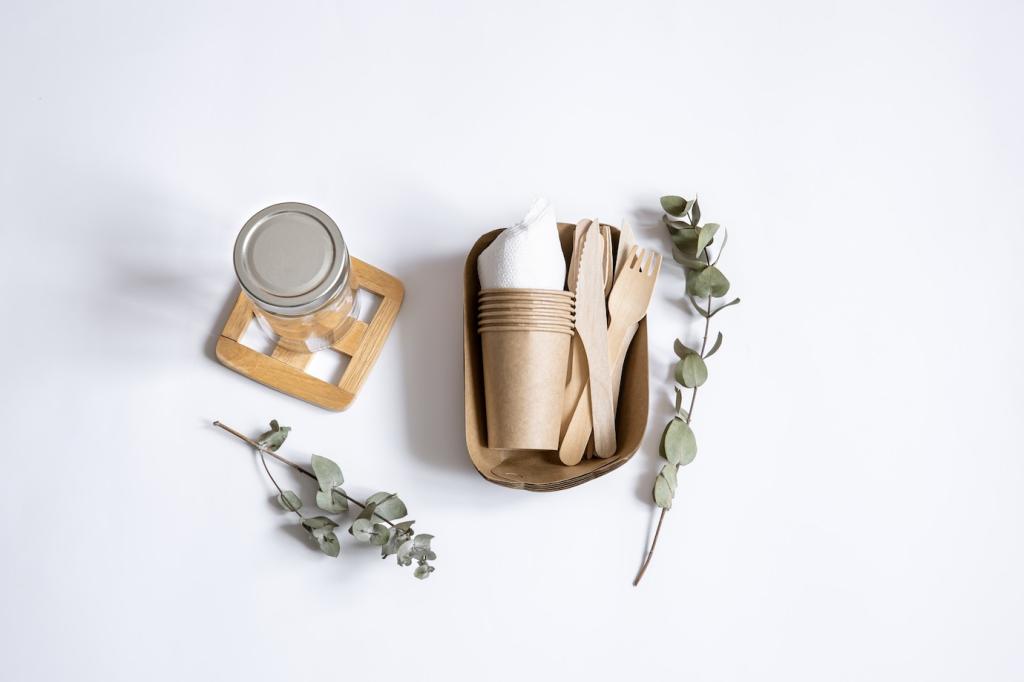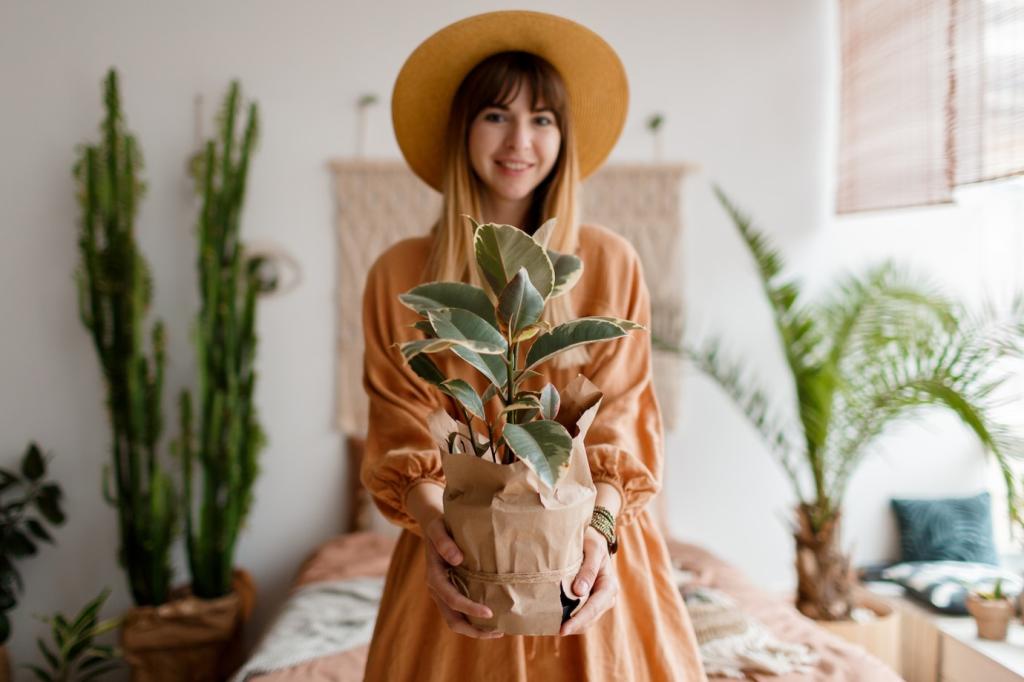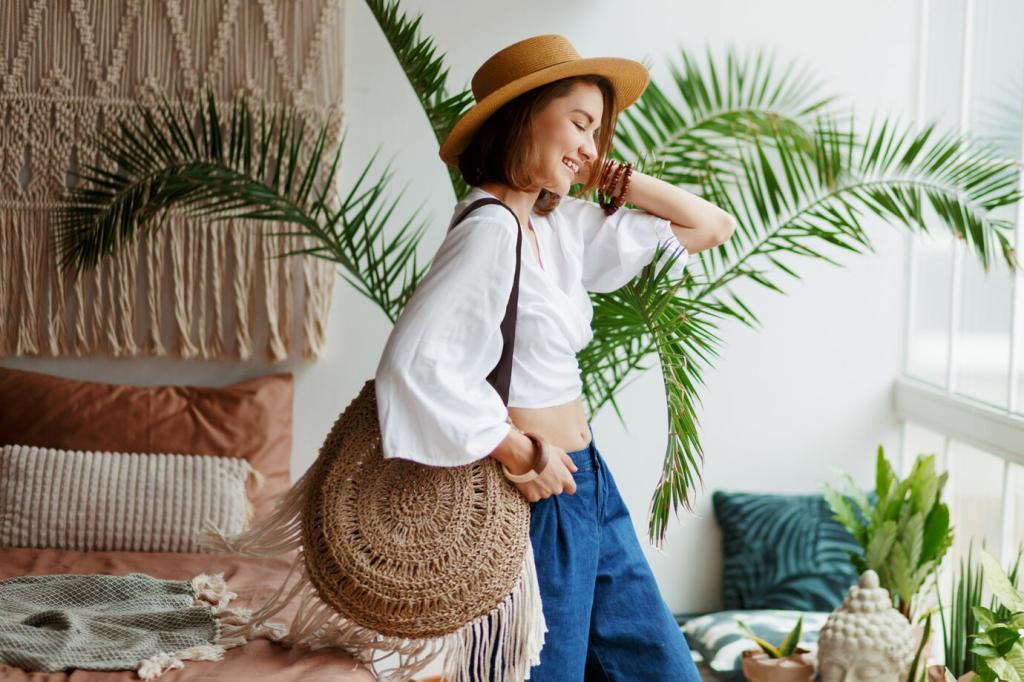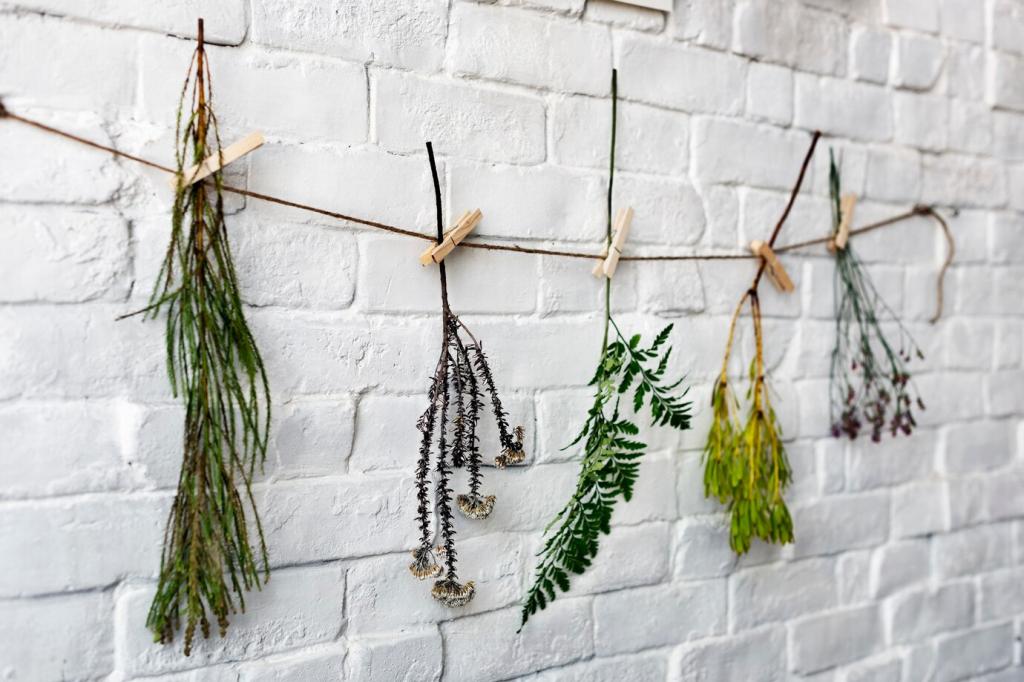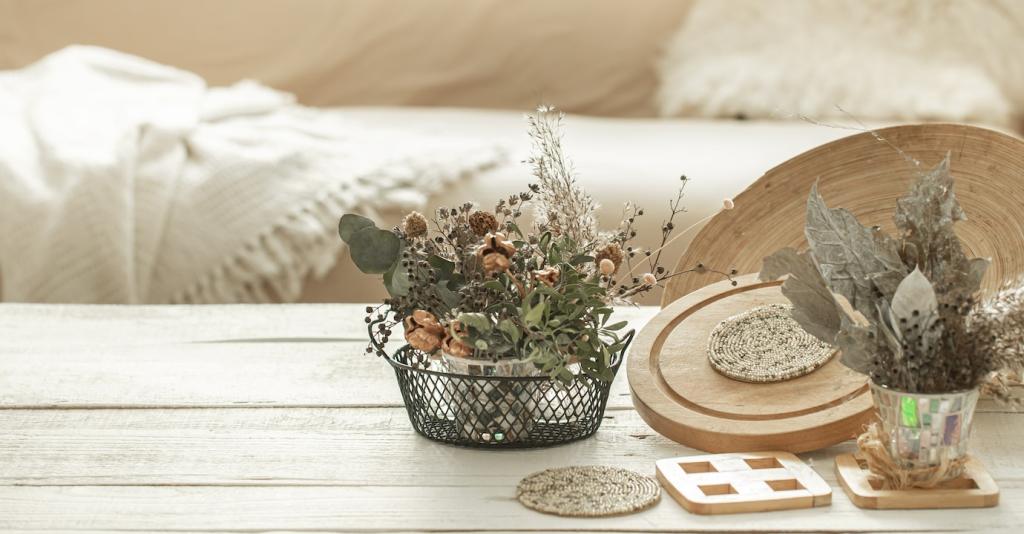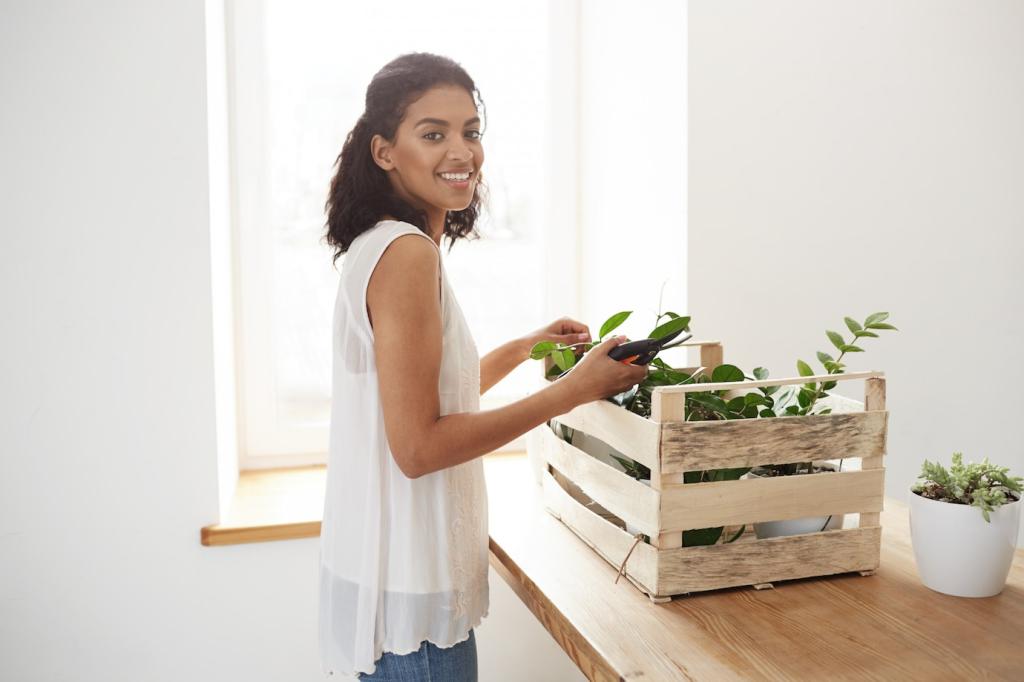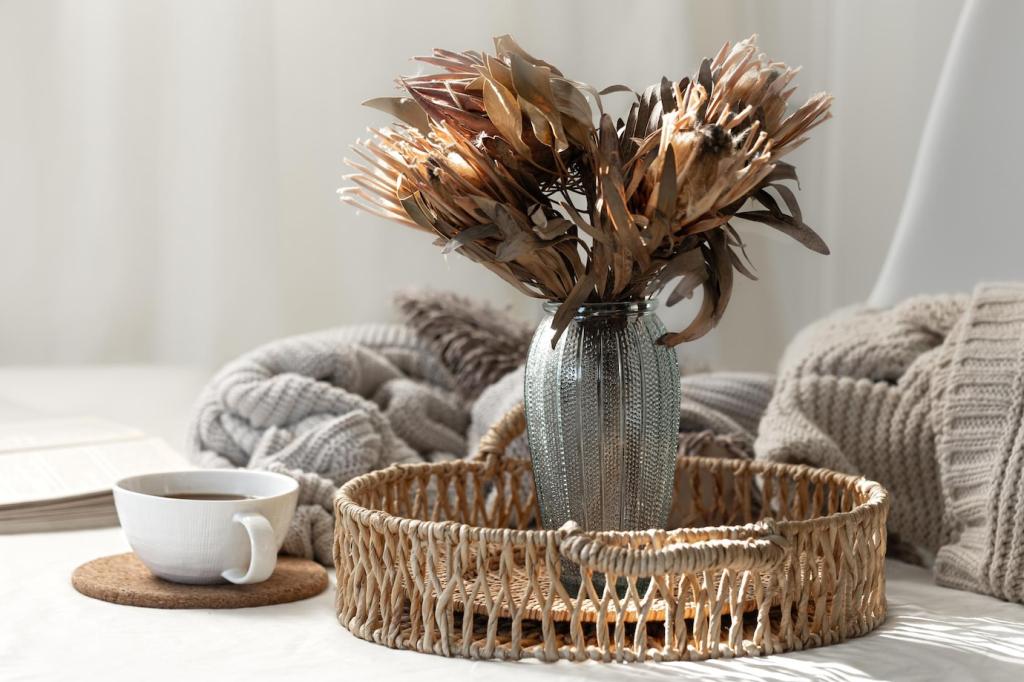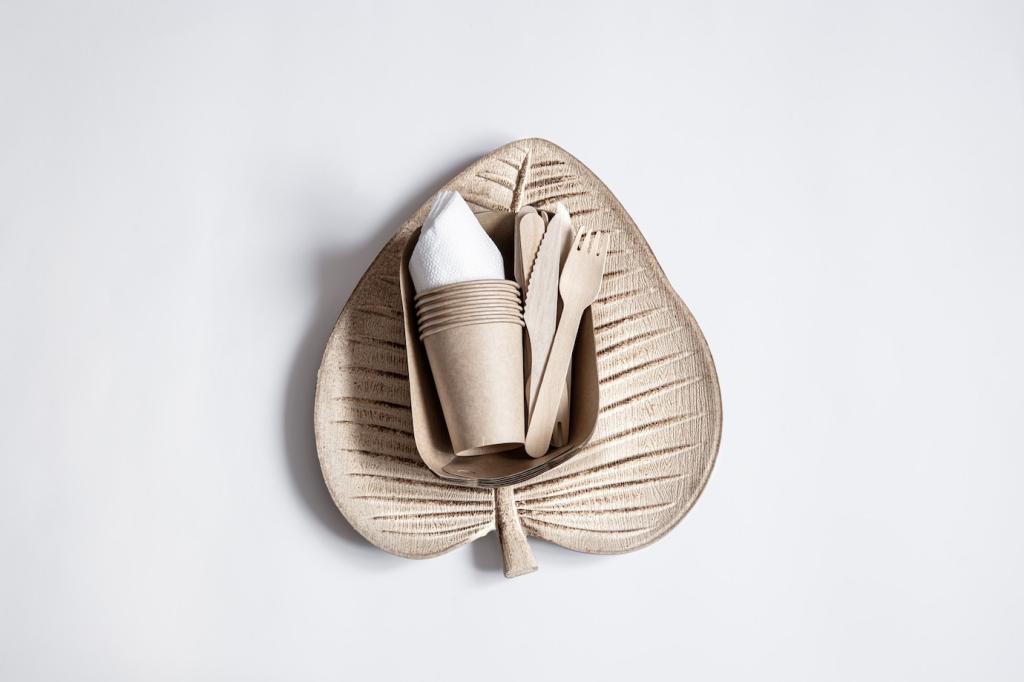Sourcing Color Sustainably
Indigofera, madder, and weld have colored textiles for centuries, and today’s low-impact formulations and GOTS-certified processes reduce wastewater and harmful auxiliaries. Test small dye baths to understand material uptake, lightfastness, and mordant options. Join our newsletter to receive a simple checklist for safer, plant-focused color experiments at home or in the studio.
Sourcing Color Sustainably
Upcycling soot into ink, grinding reclaimed brick dust, or tinting plasters with waste mineral fines transforms discards into meaning. Each pigment carries a story about place and process. Document your trials, note binder ratios, and celebrate imperfections. Share your most surprising waste-to-color success so our community can learn from your discoveries.

